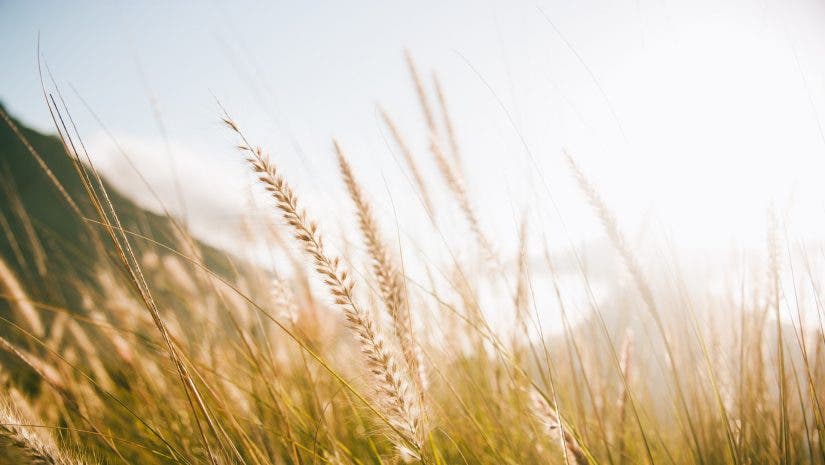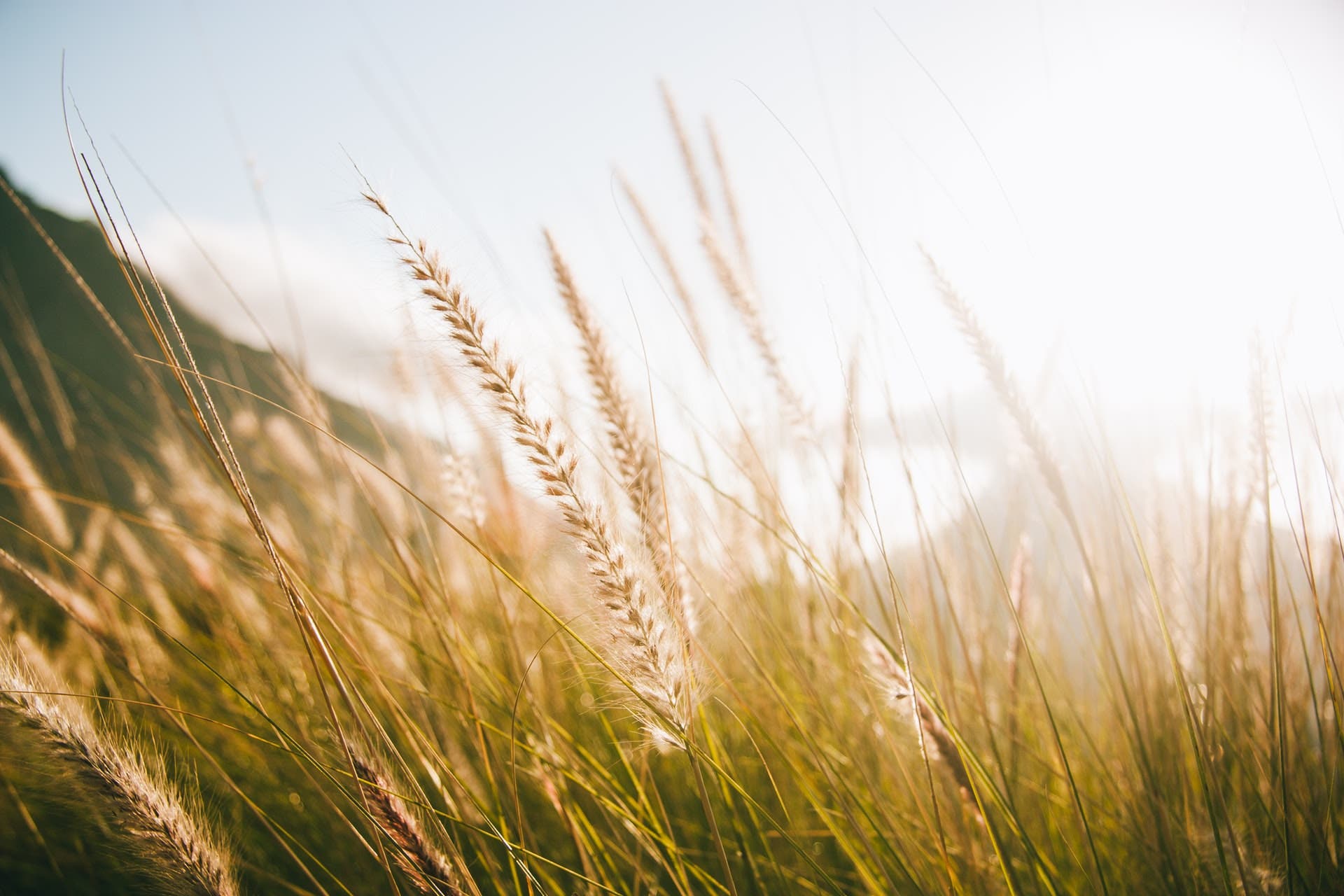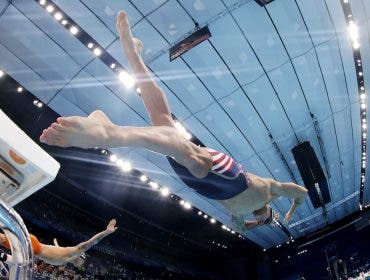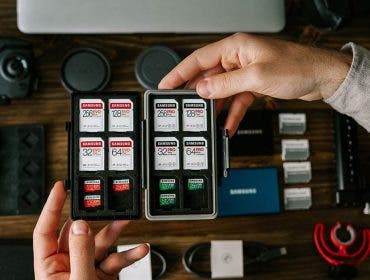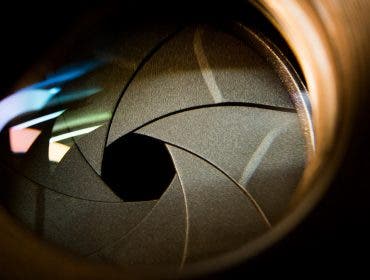With so many principles and terms to remember in photography, it’s pretty easy for beginner photographers to feel overwhelmed or confused. Depth of field (DOF) is one of the more commonly frustrating concepts for new photographers. So what exactly is DOF and why is it important?
Depth of field defined
Depth of field refers to the portions of a photograph that are in sharp focus. An image can have a shallow DOF or a deeper DOF.
Shallow depth of field

An image with a shallow DOF only has a small focus point, or area in which objects are tack sharp. The rest of the image has soft focus or more pronounced blur or bokeh. For example, a portrait in which the subject is in focus and the background is blurred has a shallow DOF.
Deep depth of field
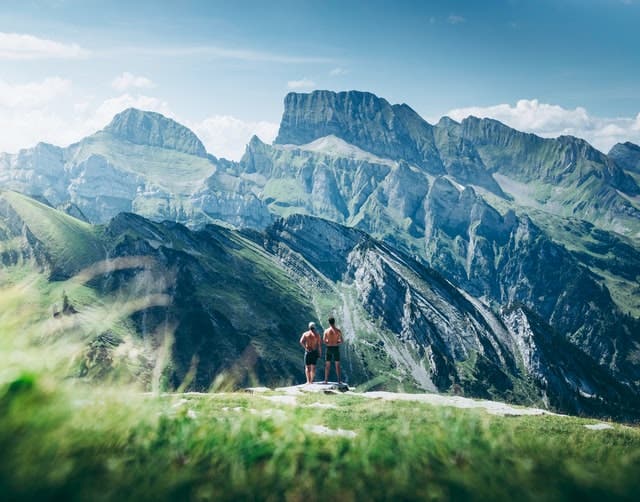
In an image with a deep DOF, a large portion of the image is in tack-sharp focus. For example, landscape photography that keeps the whole image in focus, from the flower in the foreground to the mountains in the background, has a deep DOF.
How do I change a photo’s depth of field?

F-stop or lens aperture is the camera setting that has the greatest impact on DOF. By adjusting the f-stop from wide to narrow, you can increase the image’s DOF. This is why macro and portrait photography are most commonly shot with a wide aperture like f/1.4-f/4, and why landscapes are typically shot with a small aperture like f/11-f/22.
As you shoot, if you find yourself wishing you had a bit more separation between the subject and the background, you can use a wider aperture to better blur the background and gain visual separation. If you find yourself wishing you had more detail in the foreground or background, you can close down the aperture to increase the DOF.
Do any other camera settings or variables affect depth of field?
Aperture is the primary camera setting you can adjust to change DOF, but a few other settings and variables will also affect your image’s DOF.
Subject distance
The distance between the lens and the main subject has an impact on DOF. The closer your lens is to the subject, the shallower the DOF. So if you photograph a flower with the lens just a few inches from the petals, your image will have a shallower DOF. If you focus instead on a flower that is five feet away, your image will have much greater DOF because of the decrease in focus distance.
Focal length
The focal length of the lens is another variable that will affect an image’s DOF. This is because focal length relates to the magnification of the image.
A wide-angle lens has a shorter focal length (ex. 10-22mm). It doesn’t magnify the image very much, so it delivers a greater DOF. A telephoto lens has a longer focal length (ex. 300-600mm) so the image has a lot of magnification, resulting in a shallower DOF. By selecting one camera lens over another, you can increase or decrease the DOF of your images.
Sensor size
Camera sensor size is another important consideration for DOF. Cameras contain image sensors of various sizes, from the small sensors found in micro four-thirds cameras to the larger sensors found in full frame DSLR cameras.
If you were to shoot at the same aperture on cameras with different sensor sizes, the resulting images would have very different DOF. Generally, the bigger the sensor size, the shallower the DOF.
Creative uses for depth of field
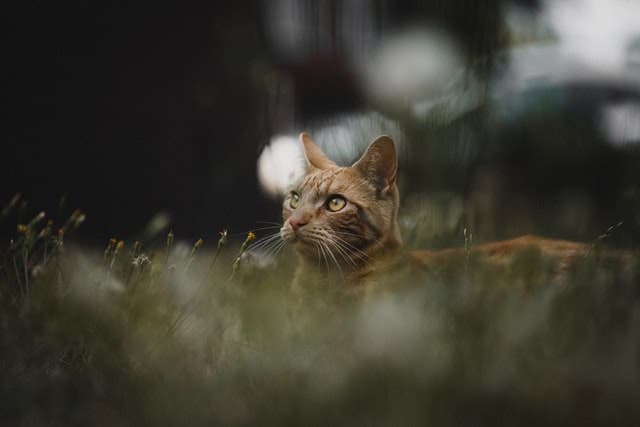
Playing with DOF is one of the quickest ways to add a bit of artistry to your images. When you look at a scene or a subject, consider the goals of your photograph.
Do you want to focus the viewer’s attention on something specific, like an odd street sign or a cute dog? Do you want the viewer’s eye to travel through the frame to multiple points of interest, like a child in the foreground and an airplane in the background? Shallow DOF will focus the viewer’s attention, while deep DOF will let them evaluate the whole scene.
Once you’ve set goals for your image, you can adjust your lens aperture, focal length, or subject distance to achieve the perfect DOF for your photograph.
